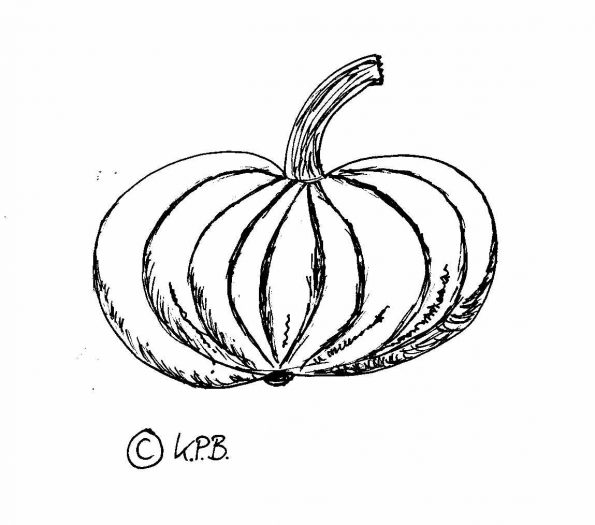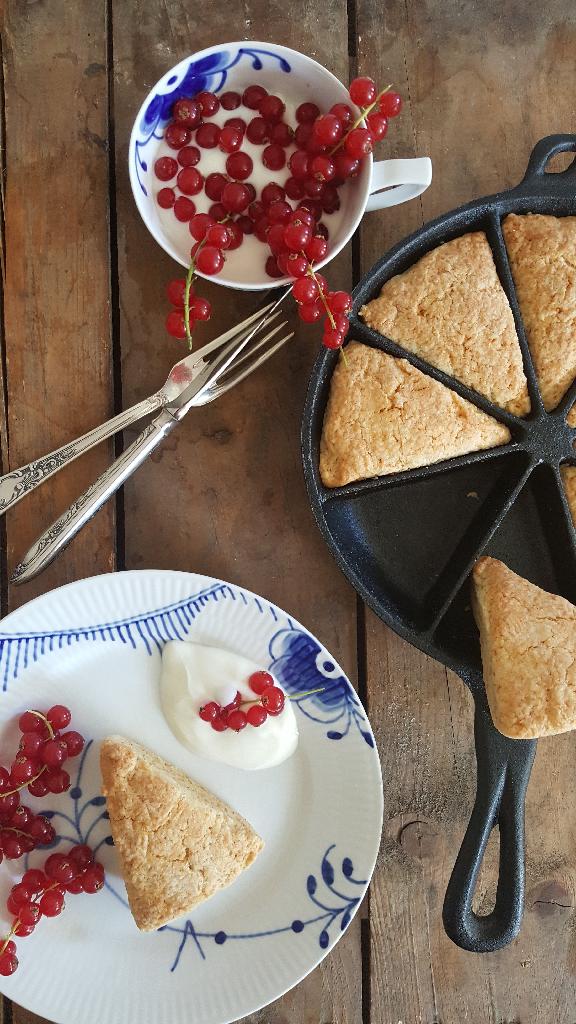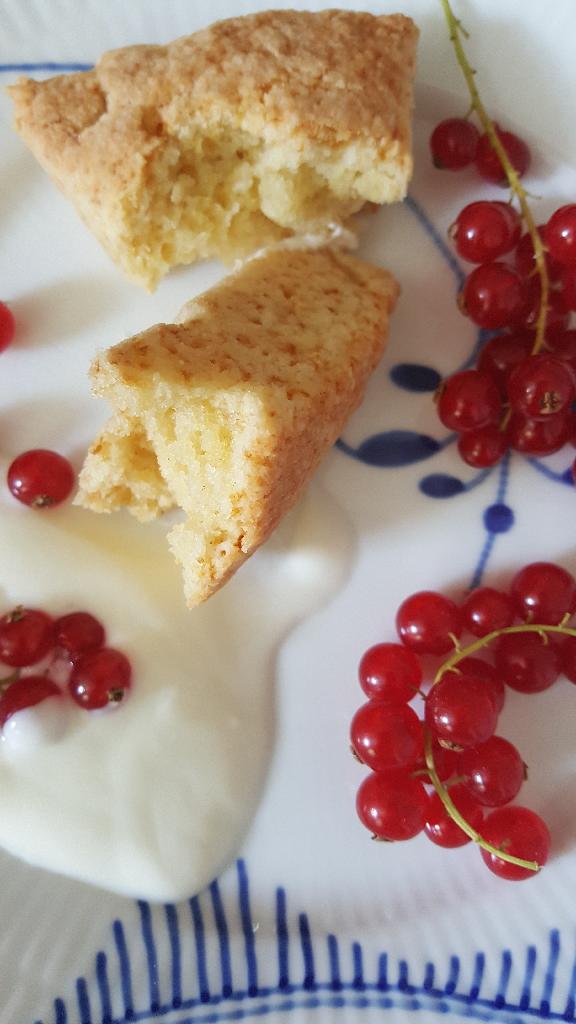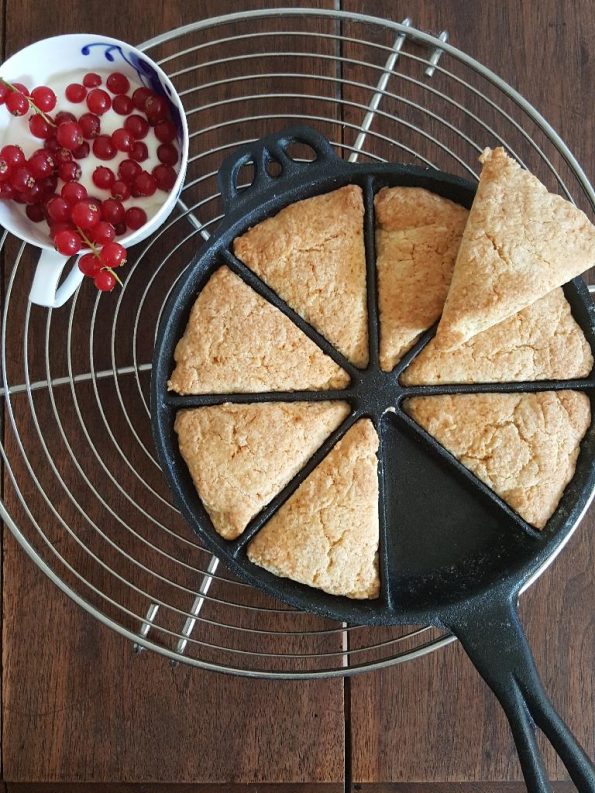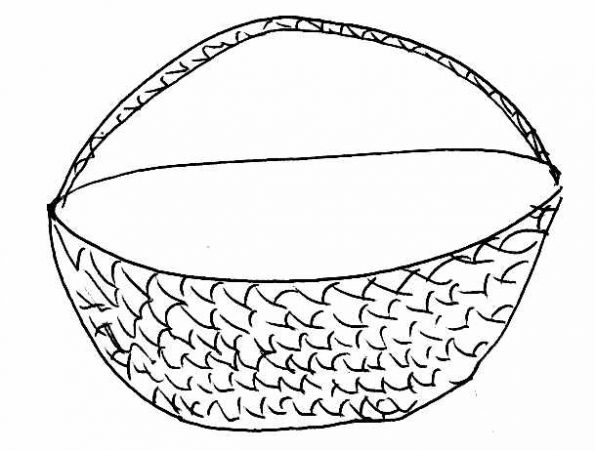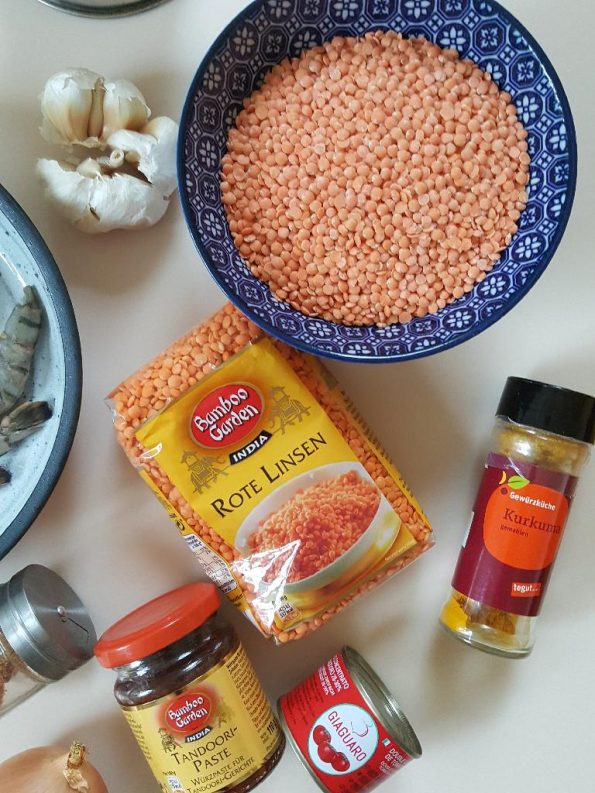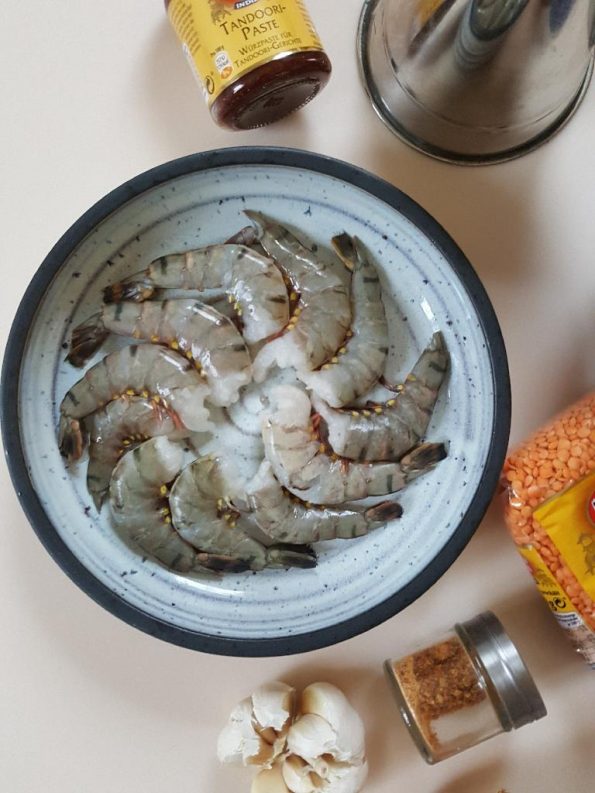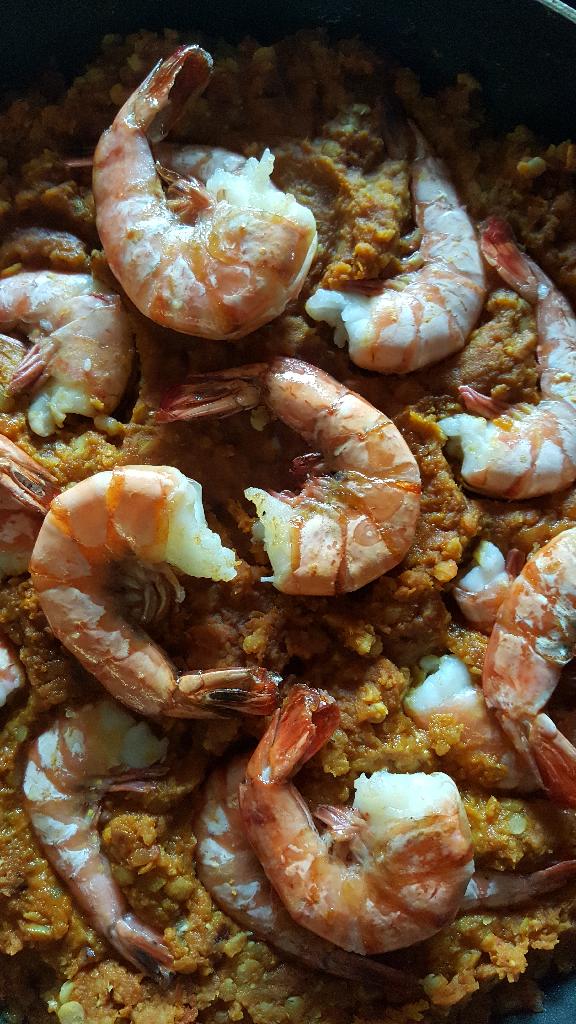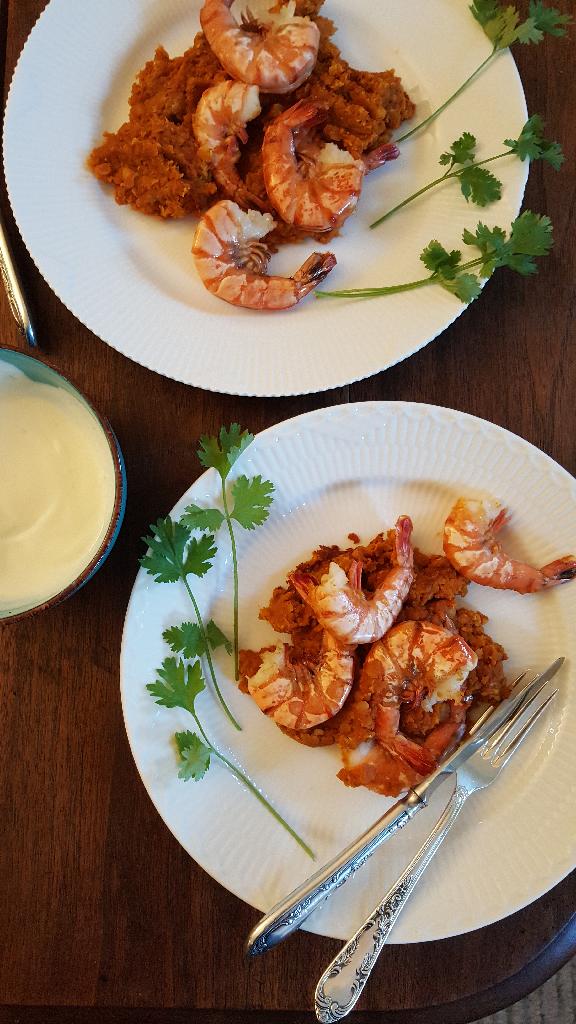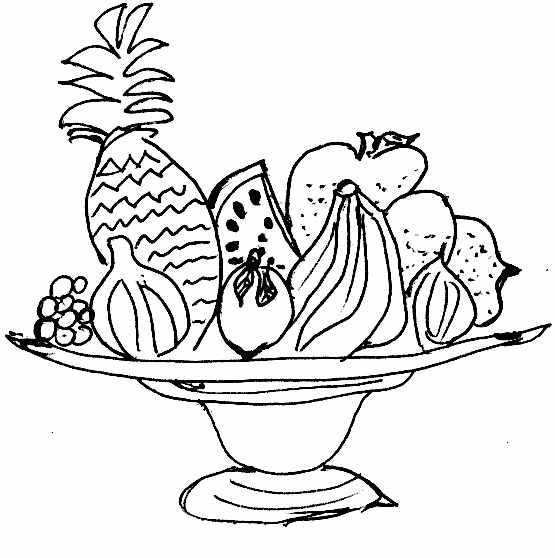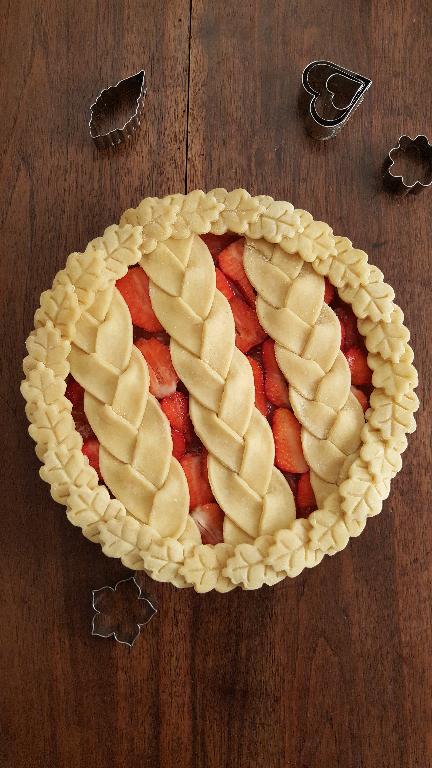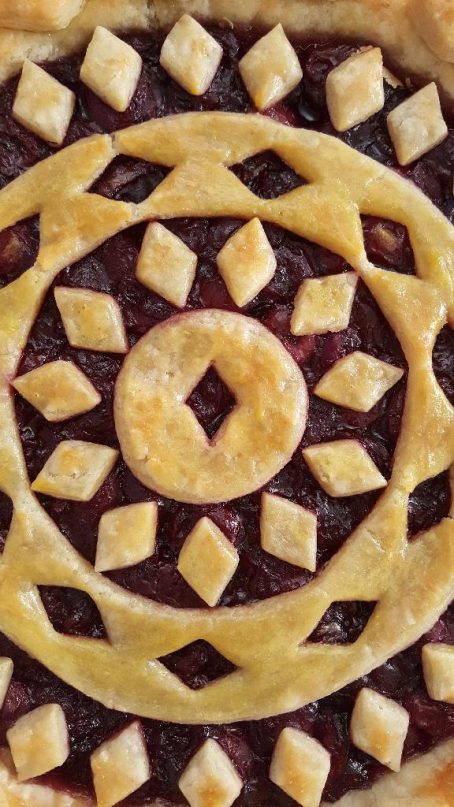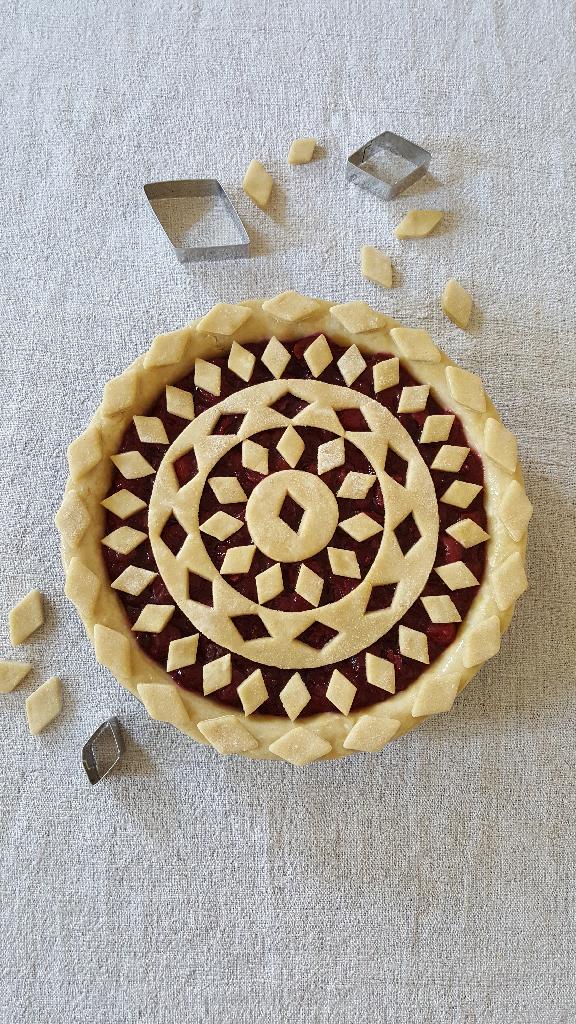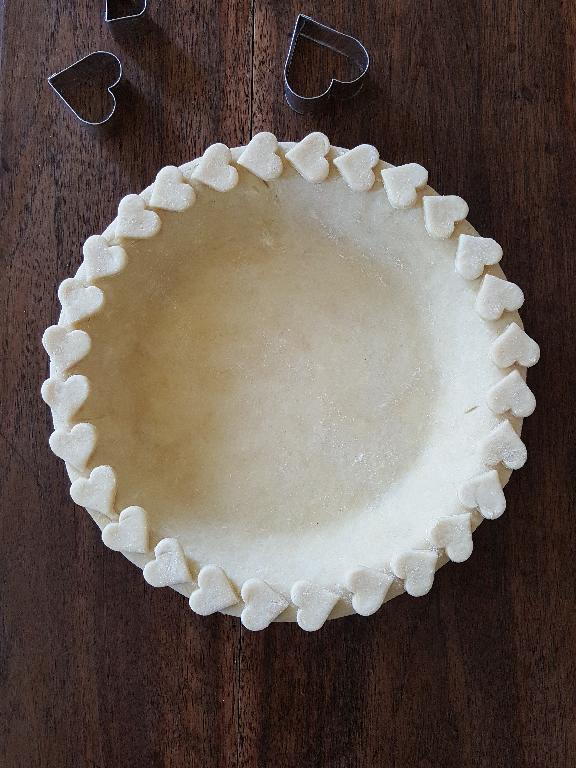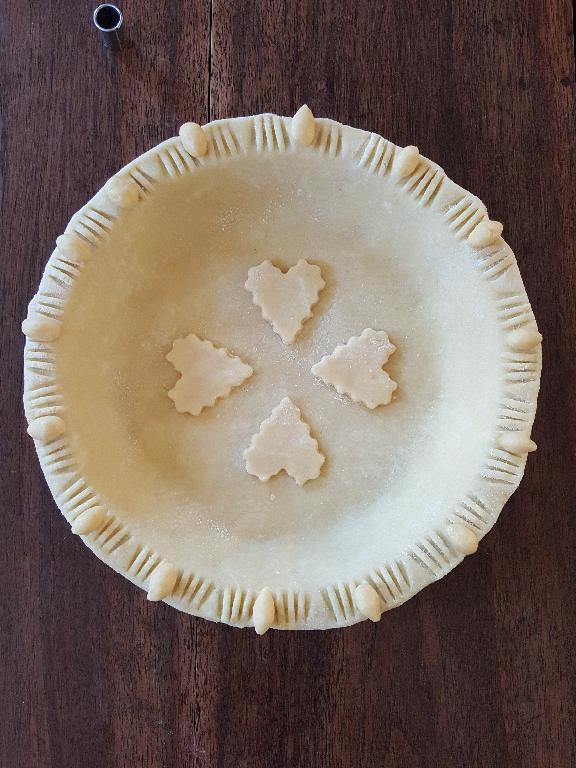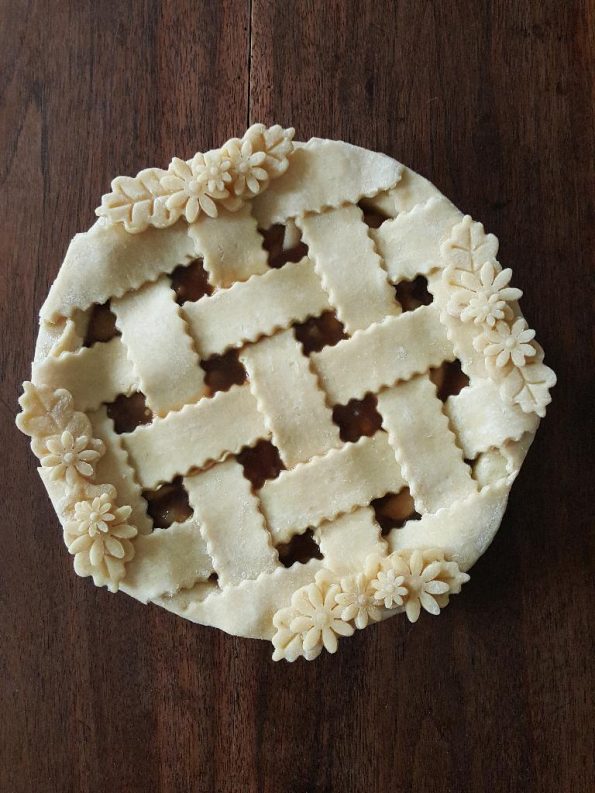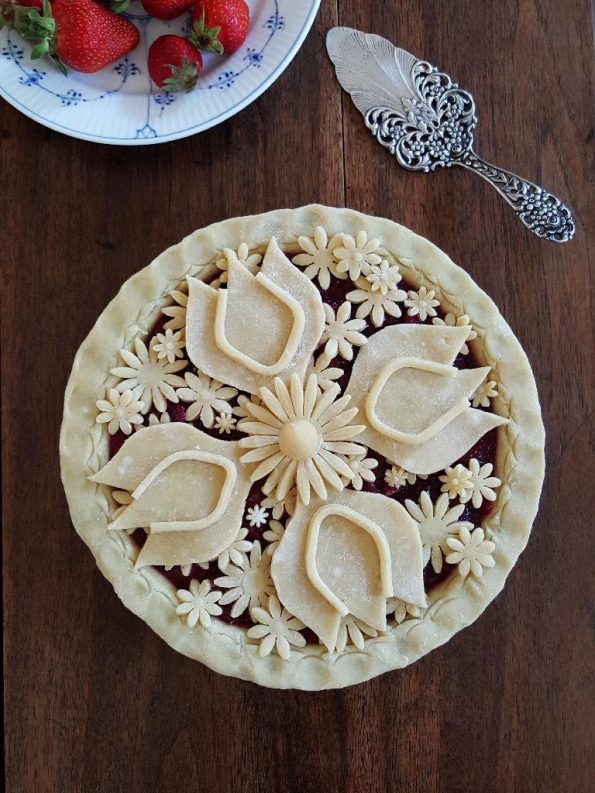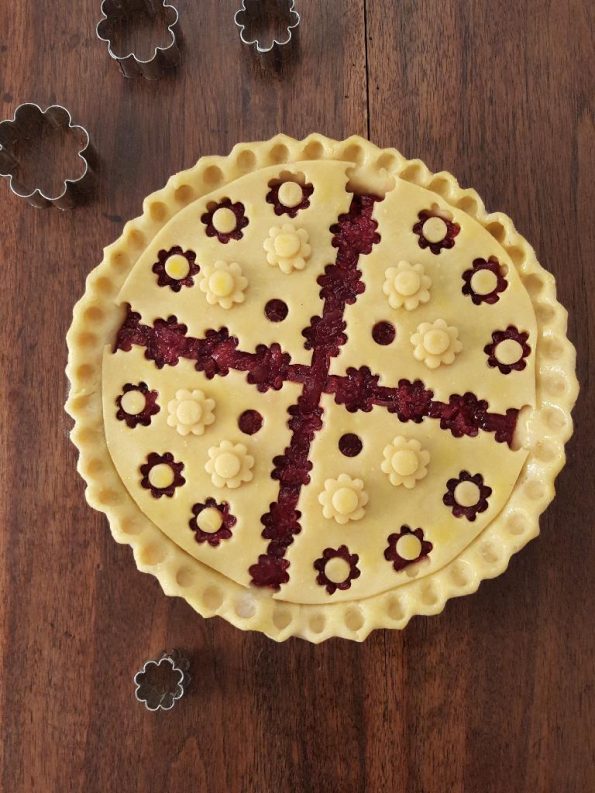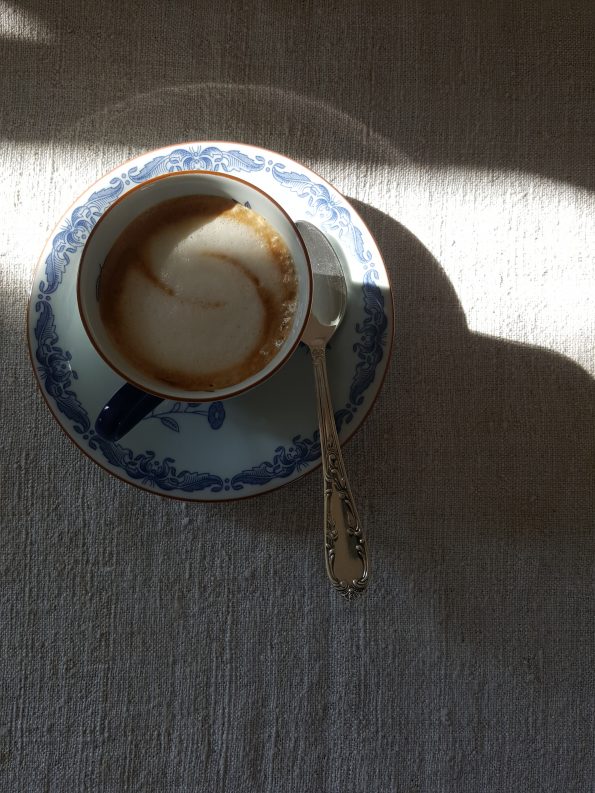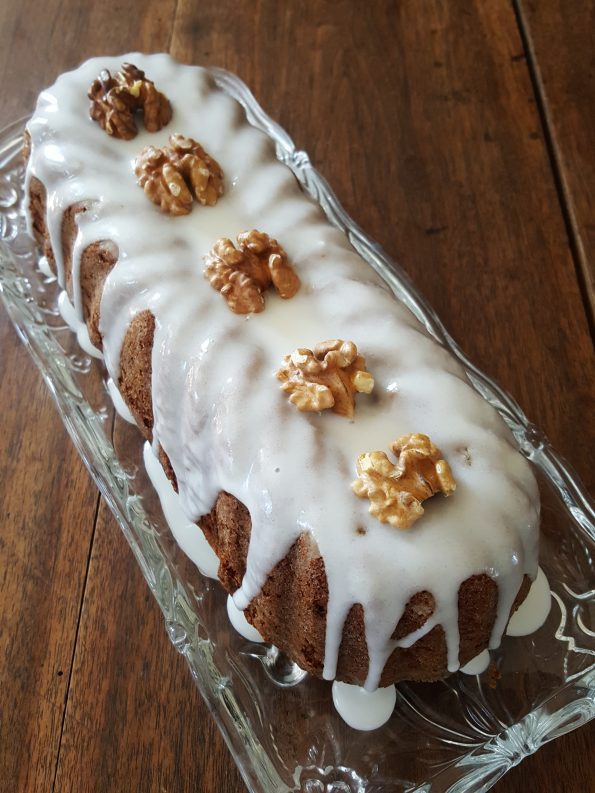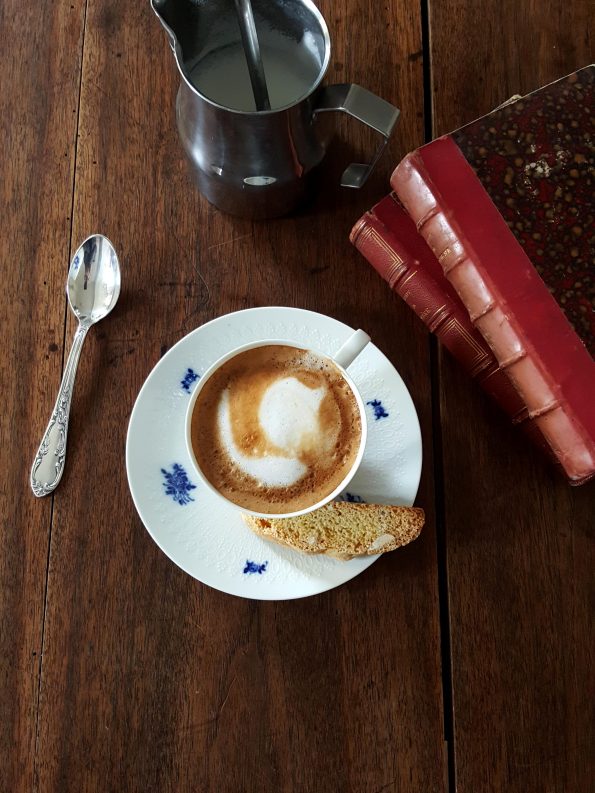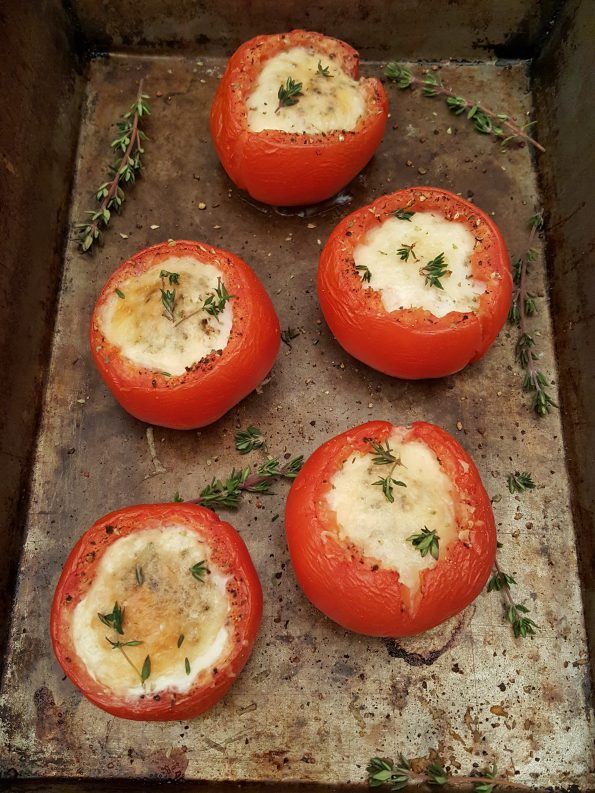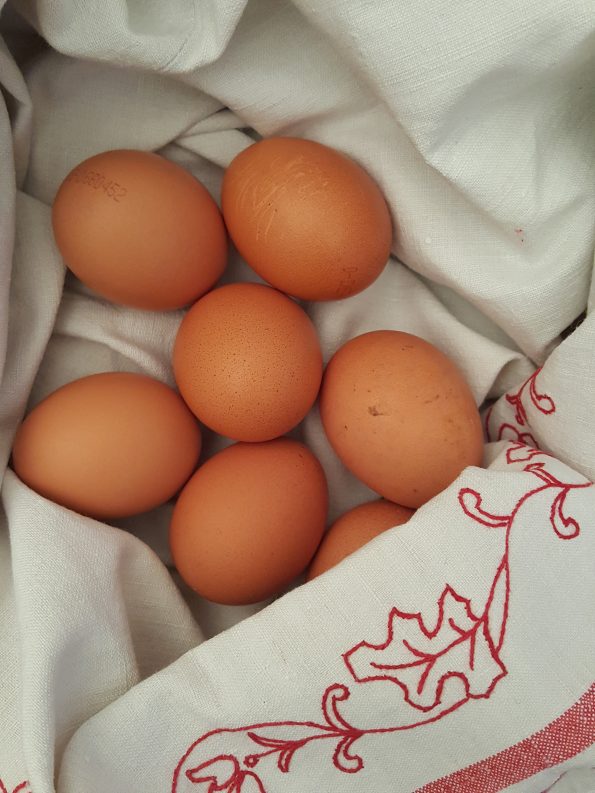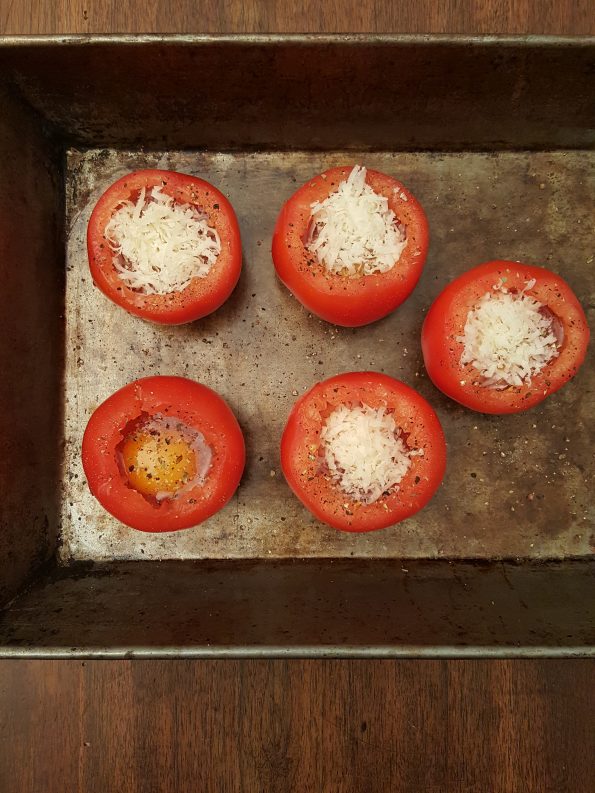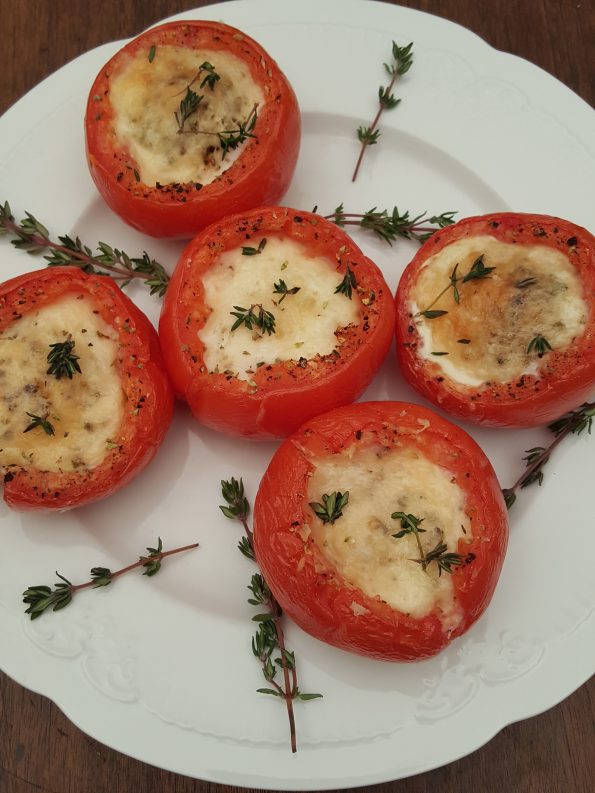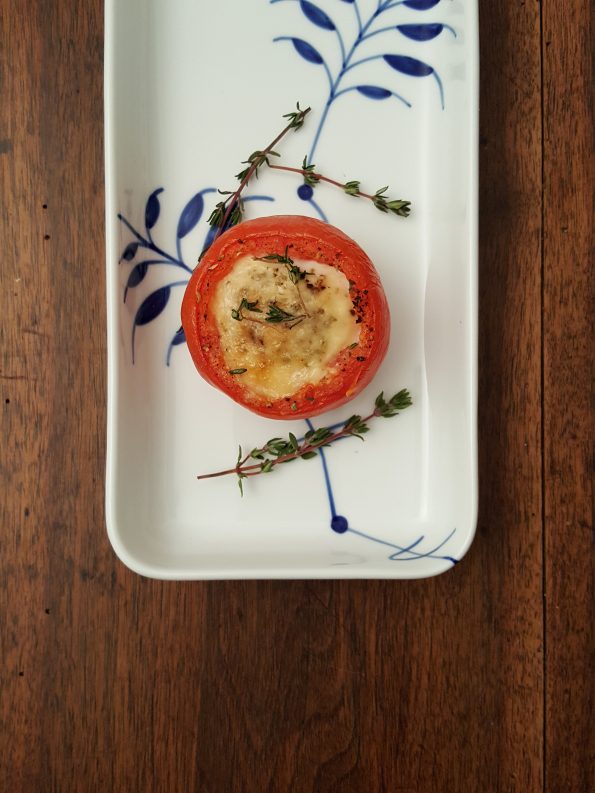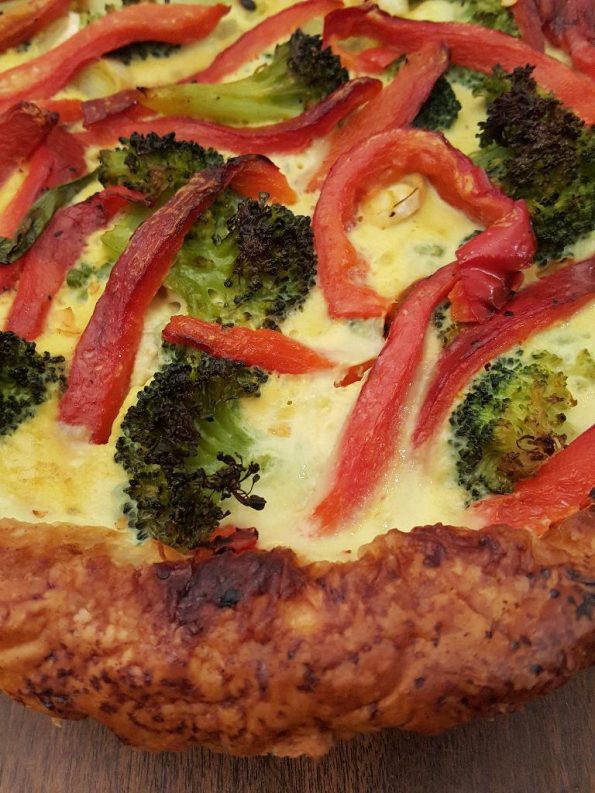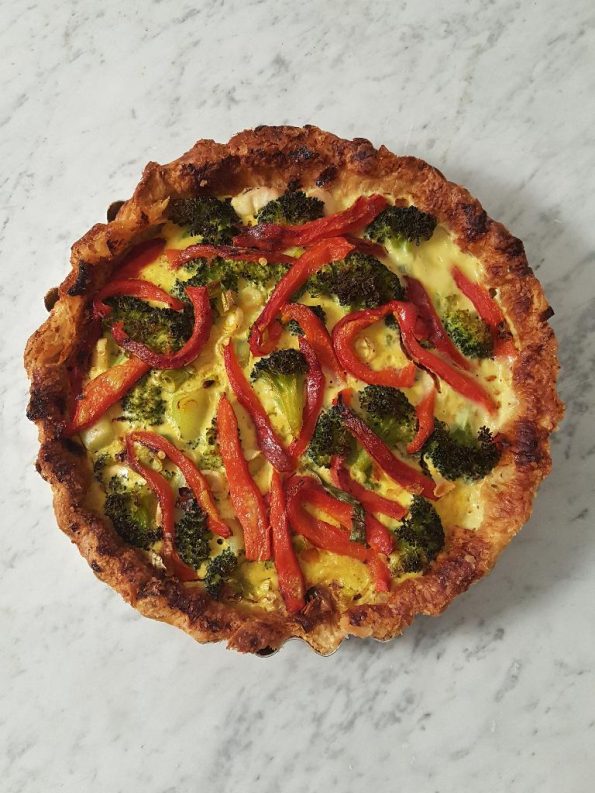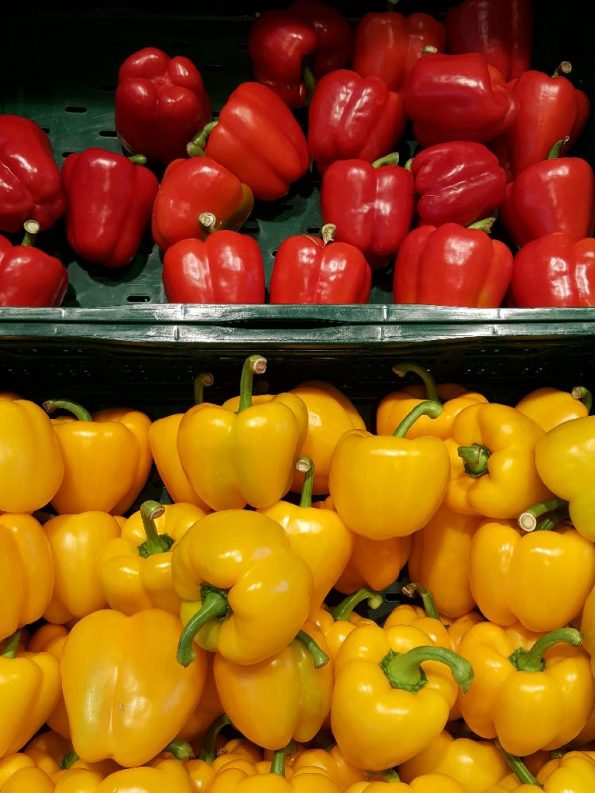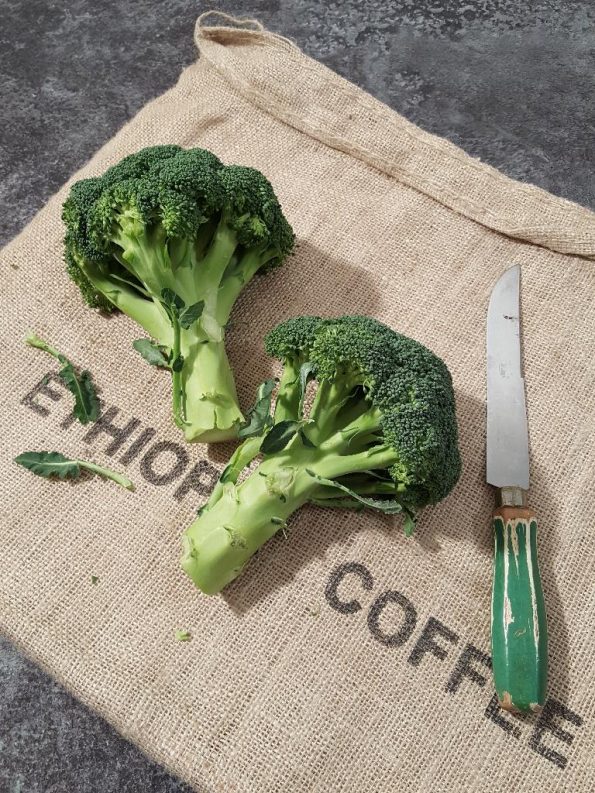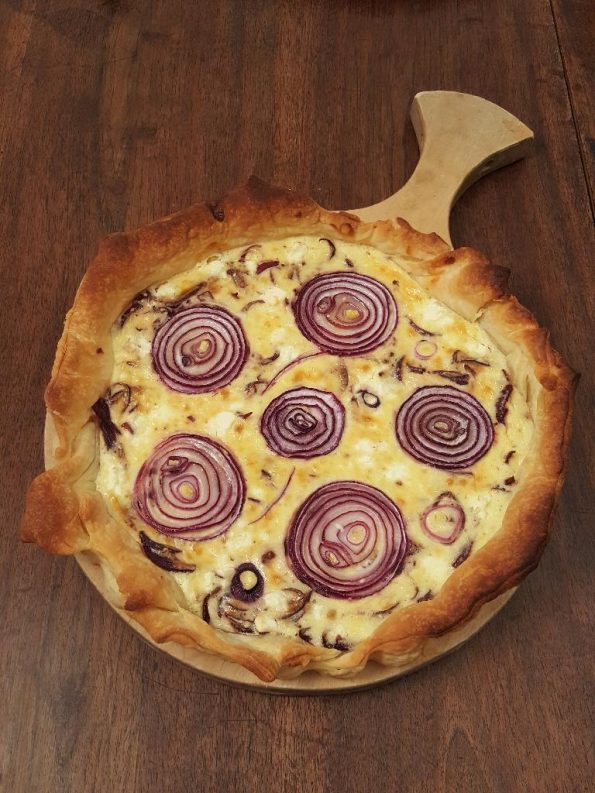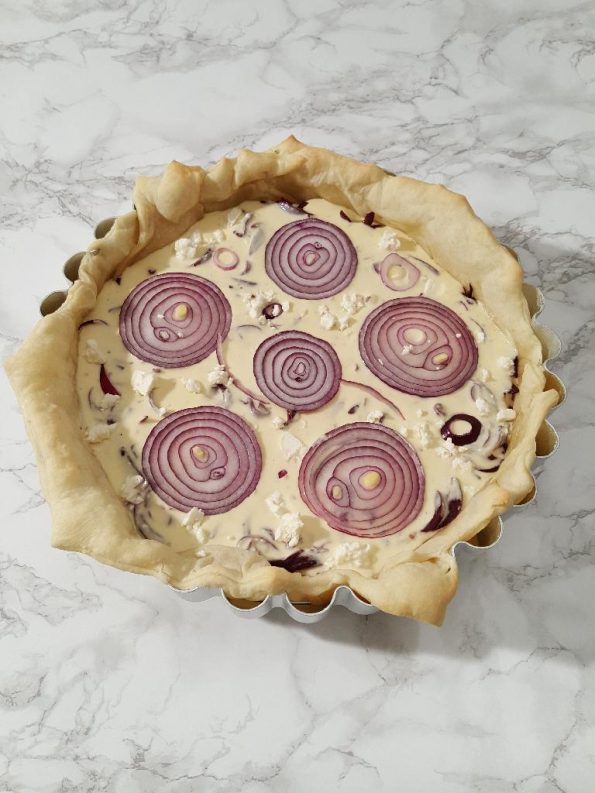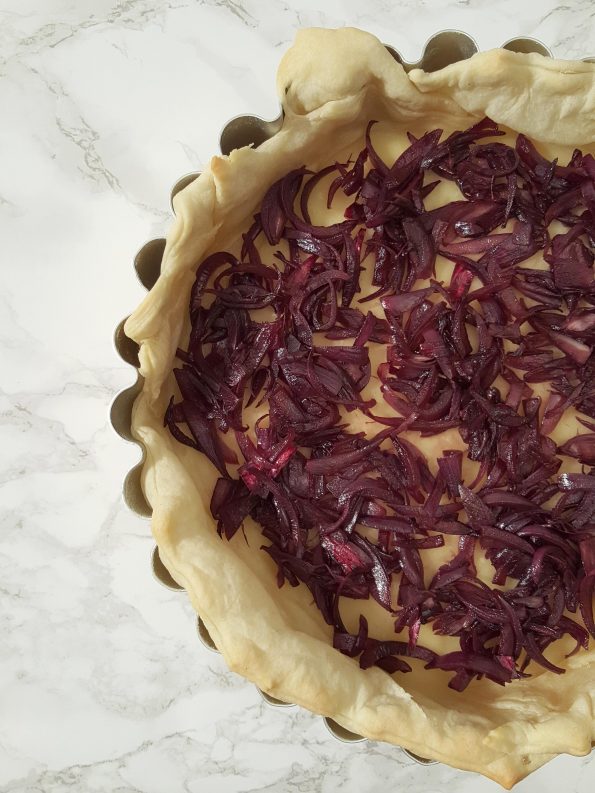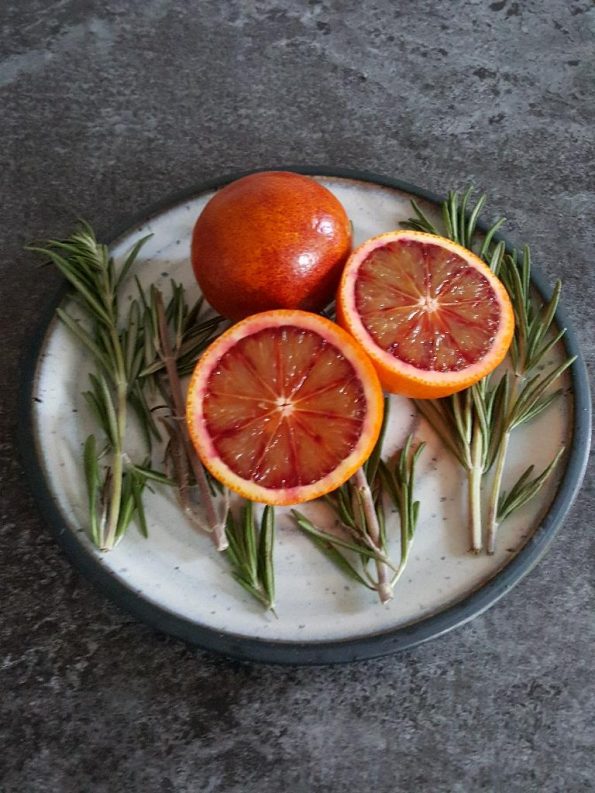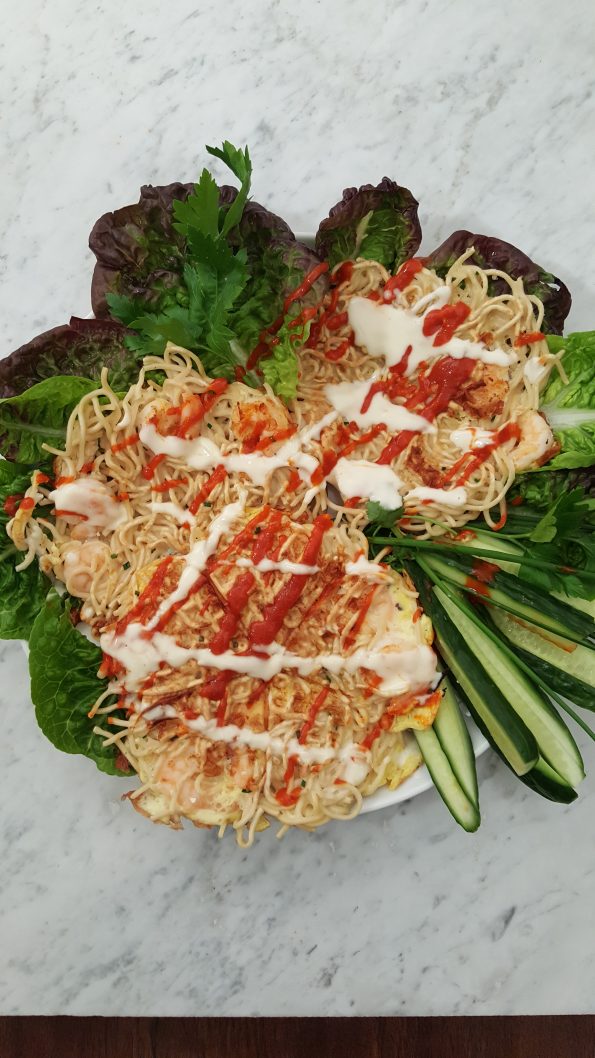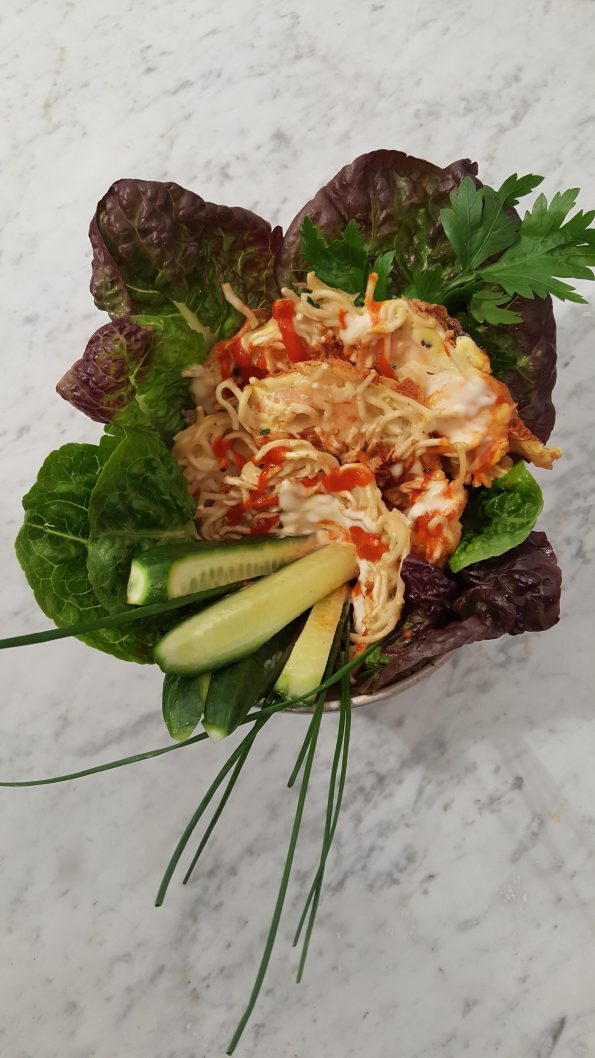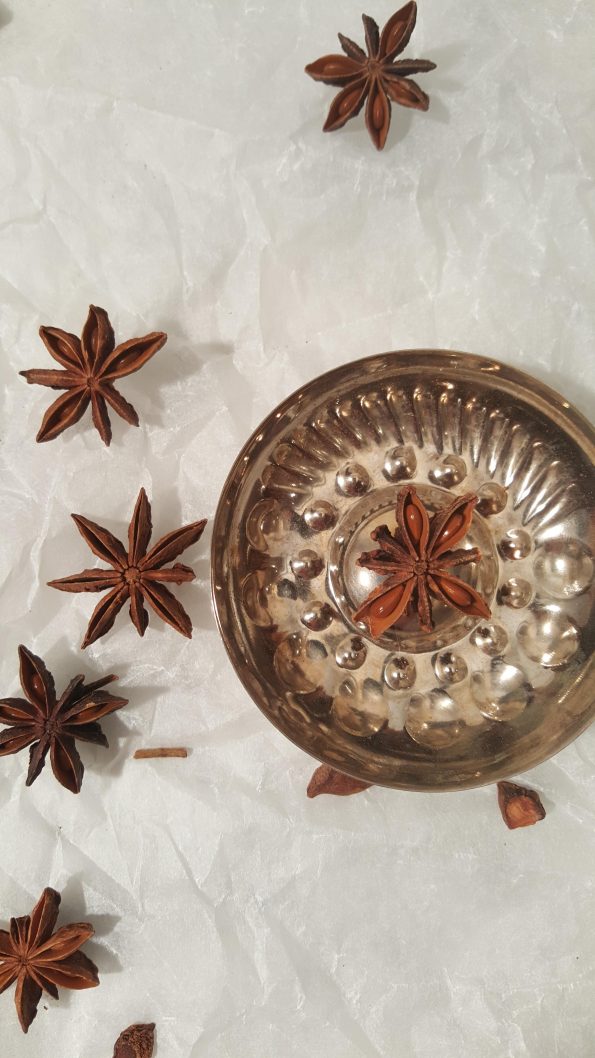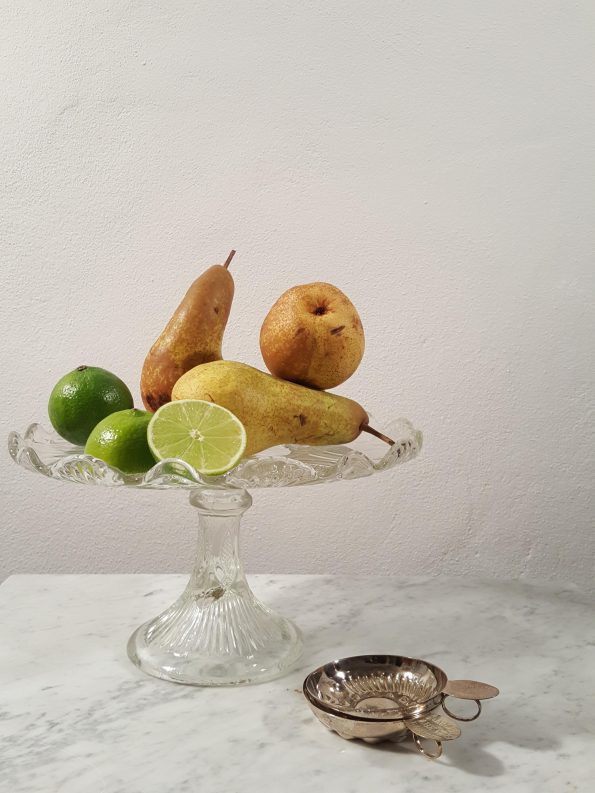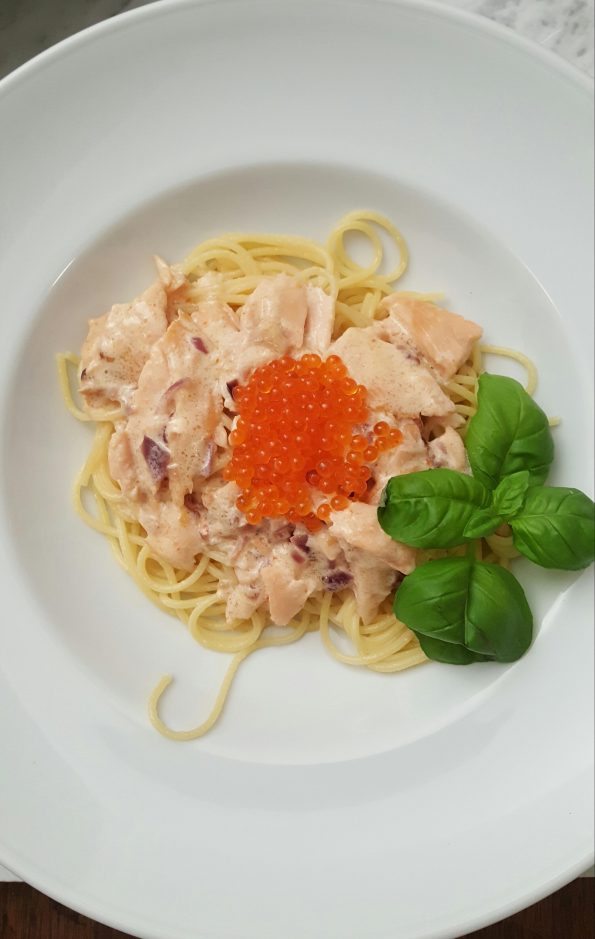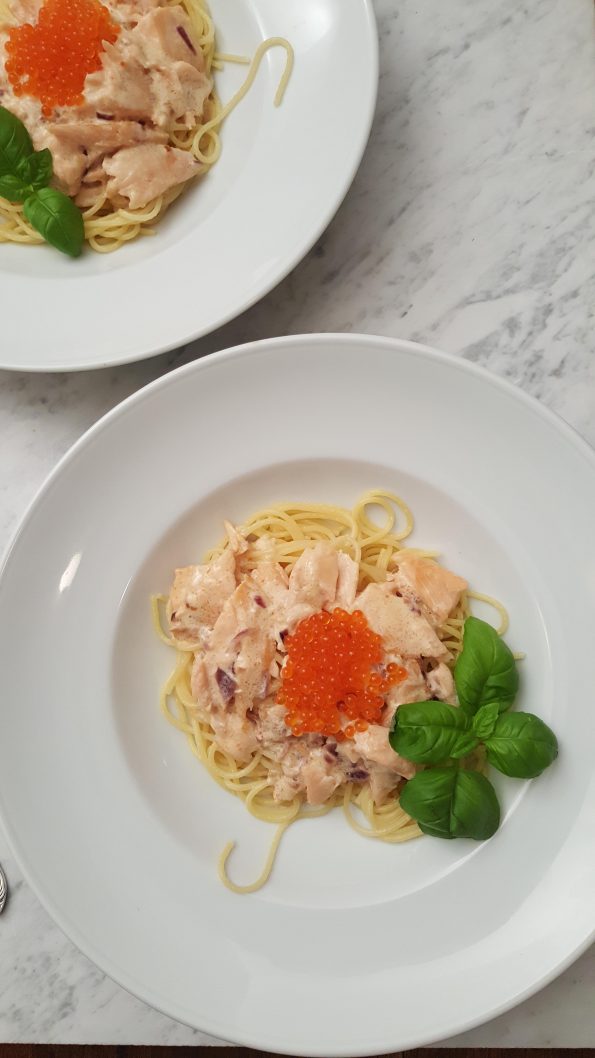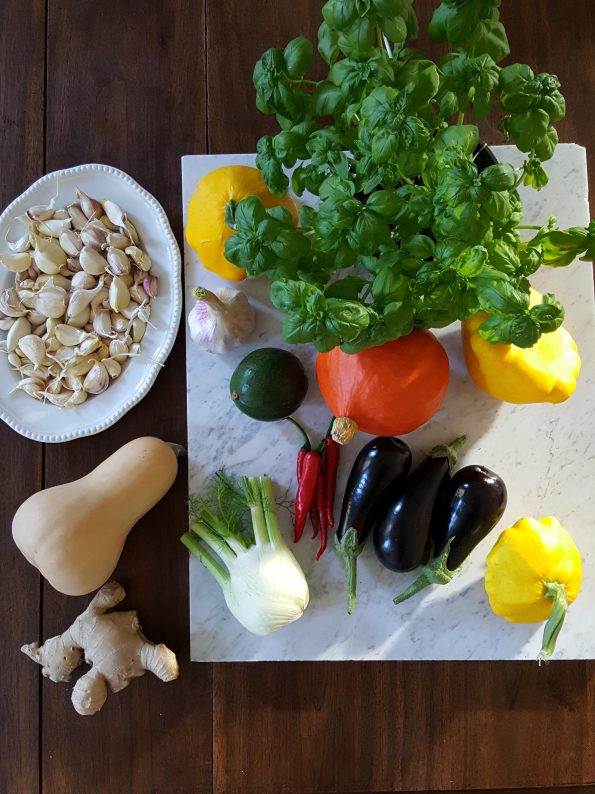Beginning of Autumn with a German Apple Cake
In many families in Germany there is a tradition of making an apple cake to serve with coffee when guests come to visit in autumn. One of the most beloved cakes is this apple cake with slit apples on top.
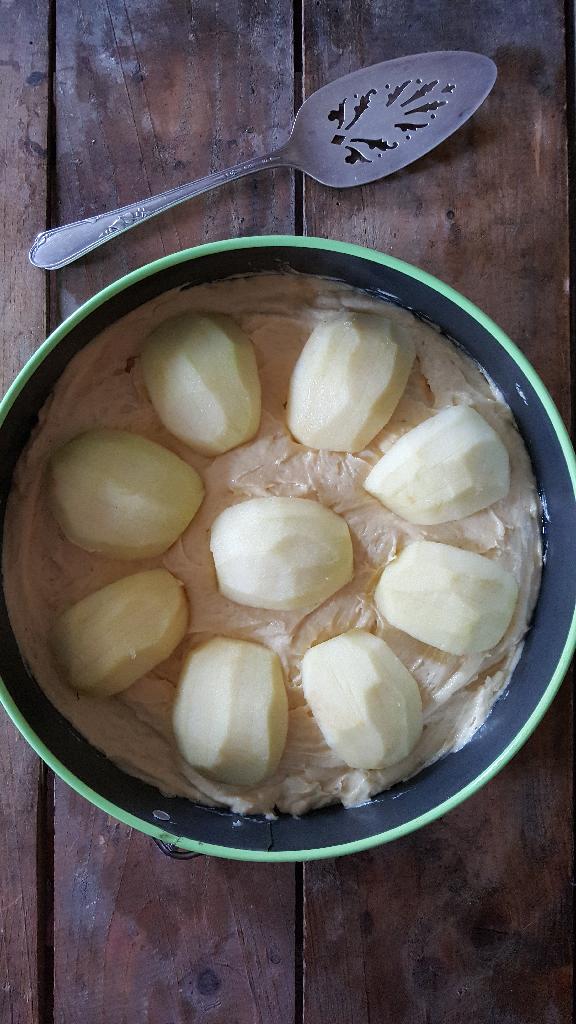
It’s difficult to see, but if you look closely the apple quarters have been slit lengthwise about 2/3 through similar to Hasselback potatoes. This is more obvious below after baking.
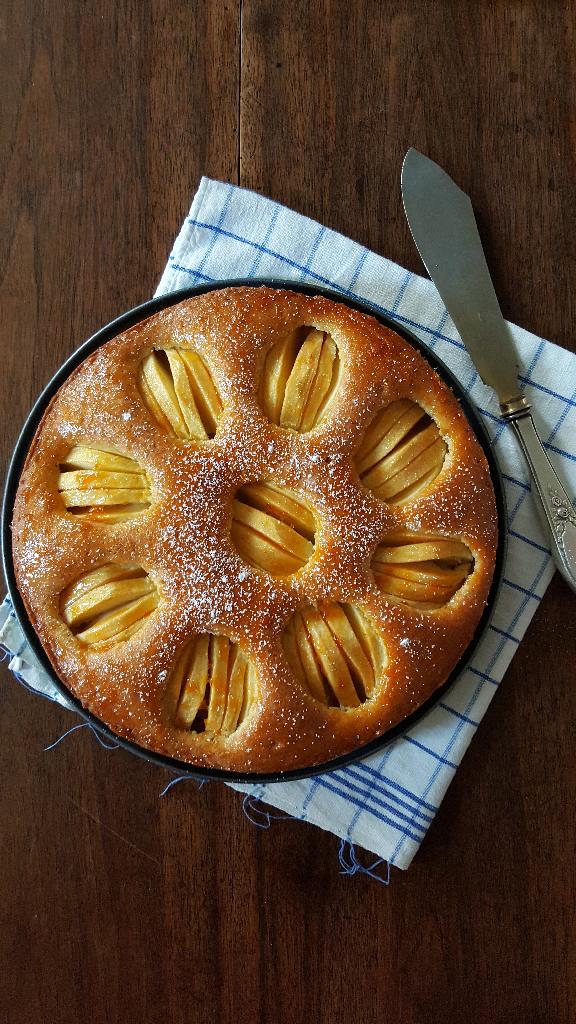
Recipe – German Apple Cake
Ingredients
26 – 28 cm (10 “– 11”) springform pan
shortening or spray to coat the pan (or 2 Tbl butter)
750 g (1.5 lb) apples for baking (Jonathans, Braeburn, Winesap, etc.)
125 g (1/2 cup) butter (room temperature or softened)
100 g (1/2 cup) white sugar
½ tsp vanilla extract or beans from one vanilla pod
¼ tsp salt
zest from one lemon
juice from one lemon
3 (m) eggs
200 g (1-3/4 cup) flour
2 tsp baking powder
2 tbl milk
2tbl apricot jam or
powdered sugar
Method
Prepare the pan by greasing the bottom and sides
Peel and core apples, quarter and cut slits lengthwise (do not cut through – as for Hasselback potatoes) sprinkle with lemon juice
Preheat the oven to 180 °C (375 °F) fan-forced 160 °C (320)
Prepare batter – Using a hand mixer cream 125g (½ cup)butter. Slowly add the sugar, vanilla, salt and lemon zest while creaming at medium speed. Add one egg at a time, beating at high speed for 30 seconds each. Mix the flour and baking powder together and add in two batches, alternating with 1 Tbl milk (flour/milk/flour/milk) while beating at medium speed. Transfer the batter to the prepared spring-form pan and smooth the surface with a rubber spatula. Place the apple quarters equally spaced in a ring on the batter. Place the form in the lower third of the pre-heated oven.
Bake for 45 minutes or until light brown and baked through (cake tester or tooth pick)
If using apricot jam, mix 2 Tbl jam with 1 Tbl water and heat just to a boil. Using a pastry brush coat the surface of the cake immediately after removing from the oven. Remove the outer ring of the pan and allow to cool on a rack.
If using powdered sugar allow cake to cool, remove ring and dust with powdered sugar.
Serve as is, with vanilla ice cream or lightly sweetened whipped cream (or both 😆 ).
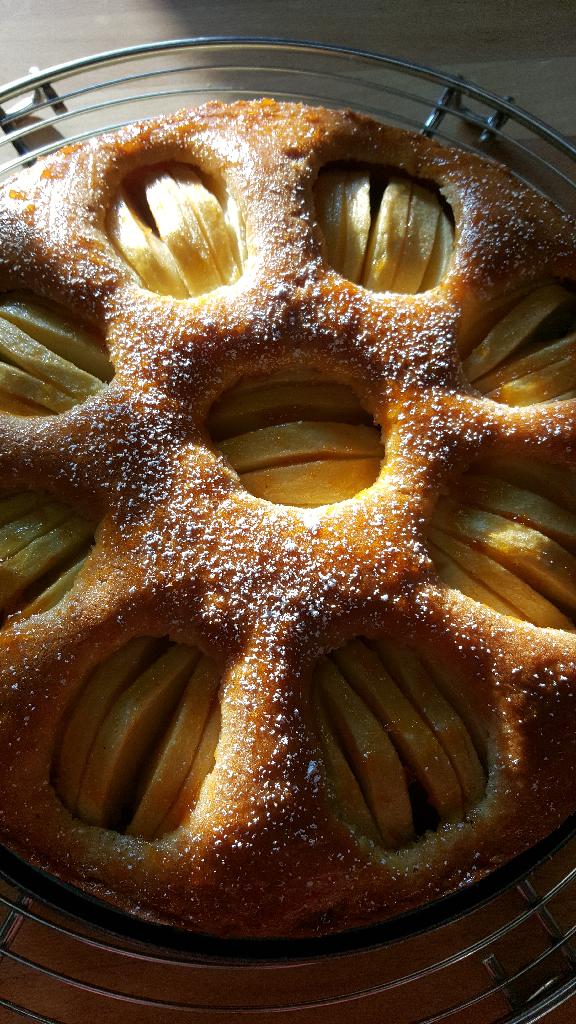
This is wonderful served with whipped cream or ice cream

